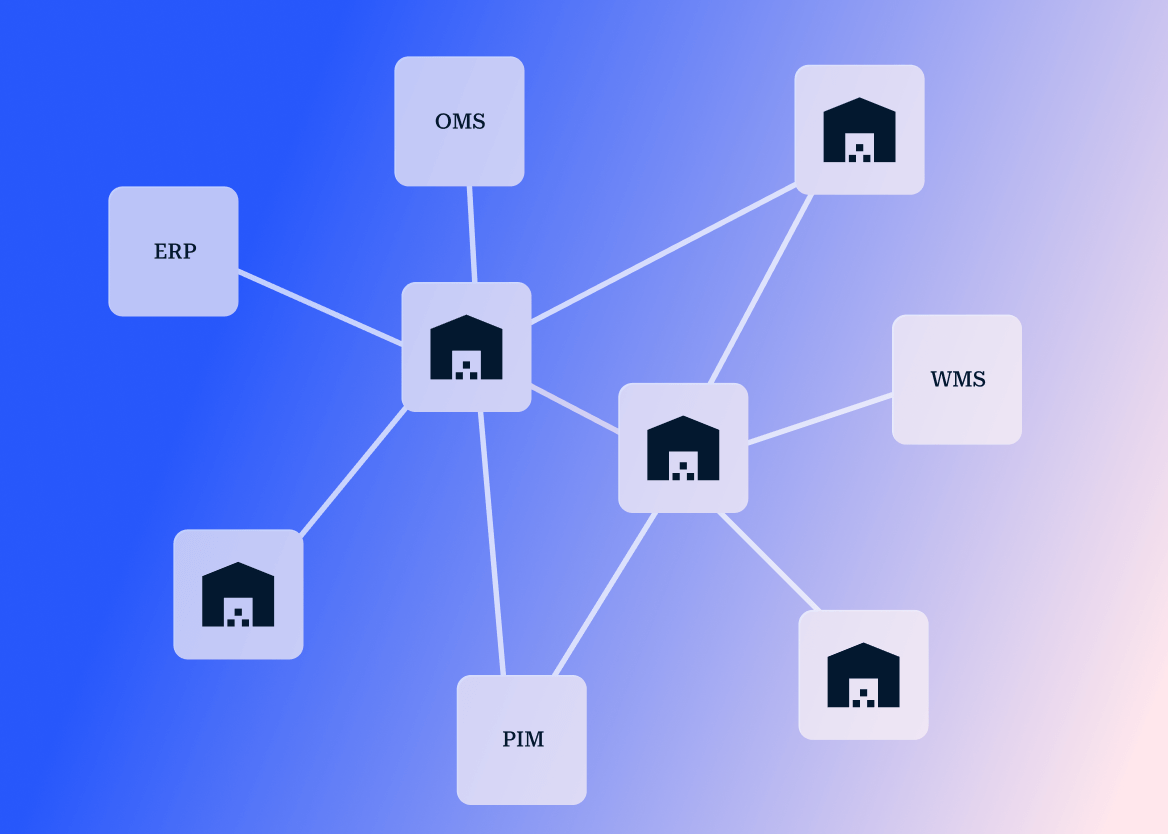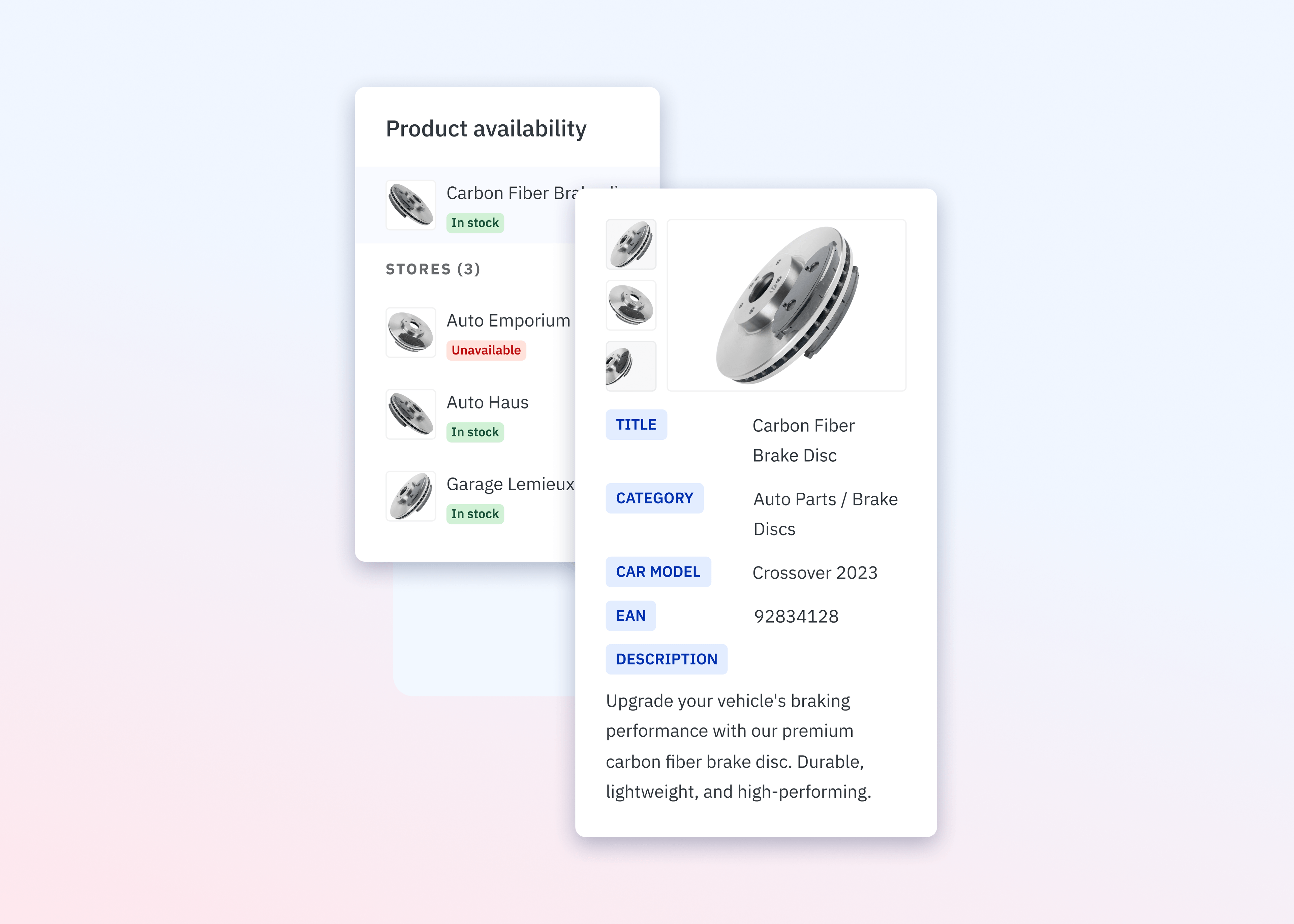The challenges of multi-entity B2B organizations: why key customers struggle to buy across subsidiaries

Procurement complexity is reaching critical levels. According to Amazon Business's 2024 State of Procurement Report, decision-makers are facing two main challenges: the complexity of systems and processes, and accessing a wider range of sellers and products that meet their needs.
Multi-subsidiary organizations with diverse portfolios can turn these challenges into a competitive advantage through a unified go-to-market approach. Yet, many fall short because of execution gaps.
While the multi-subsidiary acquisition strategy promises commercial synergies — combining product portfolios, expanding market reach and delivering one-stop solutions for the largest customers — there remains a significant gap between what is promised to shareholders and what customers experience.
In most cases, acquired companies retain their original brand identity. Research from Siegel+Gale shows that between 50% and 82% of acquired companies across industries maintain separate branding post-acquisition, preserving brand equity and market positioning.
By design, the combined portfolio should position these organizations as a primary partner for national accounts and key customers that buy across categories.
In reality, those same customers are struggling to complete purchases across subsidiaries, which is eroding the very commercial benefits the acquisitions were meant to deliver.
The procurement nightmare facing enterprise buyers
When a national account tries to purchase across multiple subsidiaries within the same parent organization, they encounter fragmented experiences that make buying harder, if not more than working with three completely separate companies.
Here's what they're dealing with:
Multiple disconnected buying channels:
Separate buying channels for each subsidiary, each requiring different login credentials.
Inconsistent procurement integration, where one subsidiary connects to their P2P system, another requires email orders and a third needs phone calls.
No unified shopping cart, forcing procurement teams to manage multiple transactions simultaneously.
Fragmented product information:
Product catalogs that don't cross-reference between subsidiaries make it nearly impossible to discover the complete offering.
Inconsistent product descriptions and specifications of other subsidiaries.
Availability information that's accurate in one system but outdated in another.
Administrative burden multiplied:
Three separate invoice reconciliation processes for what should be one supplier relationship.
Multiple vendor entries cluttering procurement systems.
Different payment terms and credit lines to manage across subsidiaries.
Separate contracts, compliance reviews and vendor onboarding processes for each business unit.
These processes hurt visibility and leverage, leading to poor customer experiences:
Customer service teams within one subsidiary can't see purchase history from other divisions, resulting in poor after-sales experiences.
Lack of consolidated procurement reporting limits the ability to identify cross-sell opportunities and track total customer value.
This fragmentation creates major challenges for procurement professionals who are evaluated on efficiency metrics, including reducing vendor count, streamlining processes and consolidating spend. The data is clear: More than half of B2B buyers say they're likely to switch suppliers due to poor digital experiences.
The backend integration challenge that's slowing commercial synergies
After the acquisition announcement, integration teams dive into the complex task of consolidating technology systems. ERP consolidation projects launch with multi-year timelines and eight-figure budgets.
Legacy systems need to be mapped, data needs to be migrated and business processes need to be standardized across entities that may have operated independently for decades.
This work is critical and necessary. Finance needs consolidated reporting, HR needs unified employee data and operations need standardized processes across the organization.
These backend integrations create real value for internal functions and are essential for long-term operational efficiency.
But here's the disconnect: while IT teams are years into an ERP consolidation project, the commercial synergies promised to customers and stakeholders remain unrealized.
The timeline mismatch is significant.
Backend system consolidation can take two to five years, sometimes longer when dealing with complex manufacturing or distribution operations.
Customer expectations, however, operate on a much shorter timeline. The enterprise buyer who was told they could now access the complete product portfolio across all subsidiaries is still navigating separate websites, managing multiple accounts and reconciling different invoices.
The challenge is that ERP consolidation is not delivering immediate customer-facing improvements fast enough.
The customer doesn't need subsidiaries to share the same ERP, they need to be able to shop, order and manage their relationship as if they're dealing with a single entity.
What enterprise buyers actually need
Enterprise buyers need something more elegant than what traditional integration approaches can deliver on the timeline that matters. That includes:
One contract and payment terms across all subsidiaries.
One platform to discover the complete product portfolio across all subsidiaries.
One unified cart to build orders from multiple business units.
One checkout process to complete purchases.
One invoice to reconcile, regardless of how many subsidiaries fulfill the order.
One customer service team with visibility into the complete relationship.
In that scenario, orders are routed to the right subsidiary, P&Ls maintain separate and subsidiaries maintain operational autonomy.
Each business unit can continue to operate on its existing systems while the backend consolidation work continues. But from the customer's perspective, they should be buying from one company, not navigating an internal org chart.
Moving faster on commercial integration
The path to faster commercial integration doesn’t run through years of system consolidation. The solution lies in creating an orchestration layer that works behind the scenes to orchestrate subsidiary systems without requiring full backend consolidation.
Mirakl's Distributed Commerce Orchestration Platform provides this capability, connecting disparate subsidiary systems to power unified commerce experiences.
This orchestration layer aggregates product catalogs, inventory and pricing from multiple subsidiaries and intelligently routes orders to the appropriate systems for fulfillment.
The platform approach enables organizations to deliver unified customer experiences at the channel of their choice, whether that's an existing eCommerce site, marketplace or digital catalog, while ERP integration continues on its necessary timeline.
Each business unit maintains its existing ERP and operational processes while customers experience seamless buying across the organization's complete portfolio.
The business case is clear: organizations that can deliver on the promised commercial synergies quickly maintain customer relationships and capture cross-sell revenue while competitors position themselves as simpler alternatives.
The question isn't whether multi-subsidiary organizations should consolidate backend systems or create unified customer experiences, it's recognizing they need to do both on different timelines.
Discover the 5-step approach to accelerate multi-subsidiary commerce synergies.



